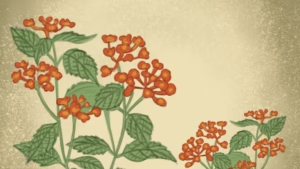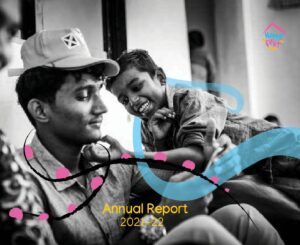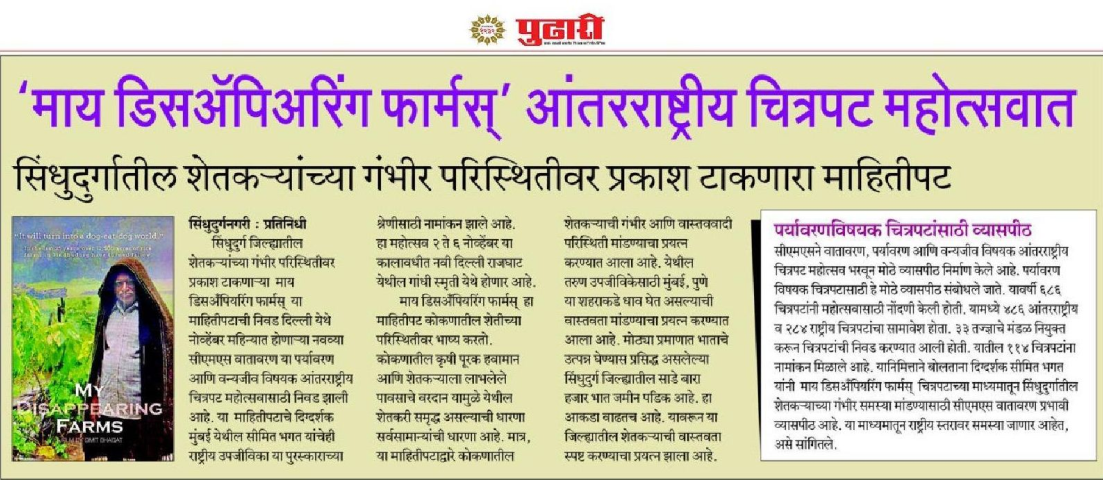Along the lovely Maharashtra coast, something unusual is unfolding quietly, but urgently.
Jellyfish, ancient and often invisible drifters, are now swarming the Arabian Sea. Once just a small part of the ocean’s rhythm, they’ve exploded in number. They feed on plankton, fish eggs, and baby fish, upsetting the balance of underwater life. They also trouble those who rely on the sea to earn a living—fishermen, tourists, and coastal communities alike.
Fishermen in India from Palghar to Sindhudurg say that 80 to 90 per cent of their daily catch is now just jellyfish. They’re hauling in nets, but not the fish they need. The problem’s growing and they’re not the only ones affected.
Fishermen in India from Palghar to Sindhudurg say that 80 to 90 per cent of their daily catch is now just jellyfish.
This isn’t the kind of story that always makes headlines. But we knew it needed to be told. That’s why we turned to illustrated storytelling to bring to light a crisis happening just beneath the surface. Let’s take a closer look at how we approached it.
A Tale Told in Colour, Shape, and Contrast
“This isn’t just a story about jellyfish,” says Shradhesh Nayak, Illustrator. “It’s about how everything in nature is connected – how when one thread is pulled, the whole web feels it.”
Through a sequence of carefully crafted illustrations, we created a visual narrative that doesn’t just explain—it invites the viewer to step into the story.
Jellyfish have drifted through our oceans for over 500 million years. But never have they threatened our coastlines quite like this. Their rise isn’t just about biology – it’s about us. Overfishing, pollution, and a lack of marine protections have created the perfect storm. And now, the balance is broken.
Jellyfish have drifted through our oceans for over 500 million years. But never have they threatened our coastlines quite like this.
This story doesn’t claim to have all the answers. But it does ask the right questions. Through illustration, we hoped to make this crisis easier to see and harder to ignore.
Keeping the Ocean and the Conversation Alive
By showing the jellyfish bloom from multiple angles, we wanted to make it clear: this issue is as much about people as it is about plankton.
Solutions will take time. But they’ll also take collaboration between researchers, communities, and policymakers. That’s what this story is about. Not just what’s happening. But what could happen if we act together.
If your organisation is working on marine conservation or coastal livelihoods, let’s talk.










